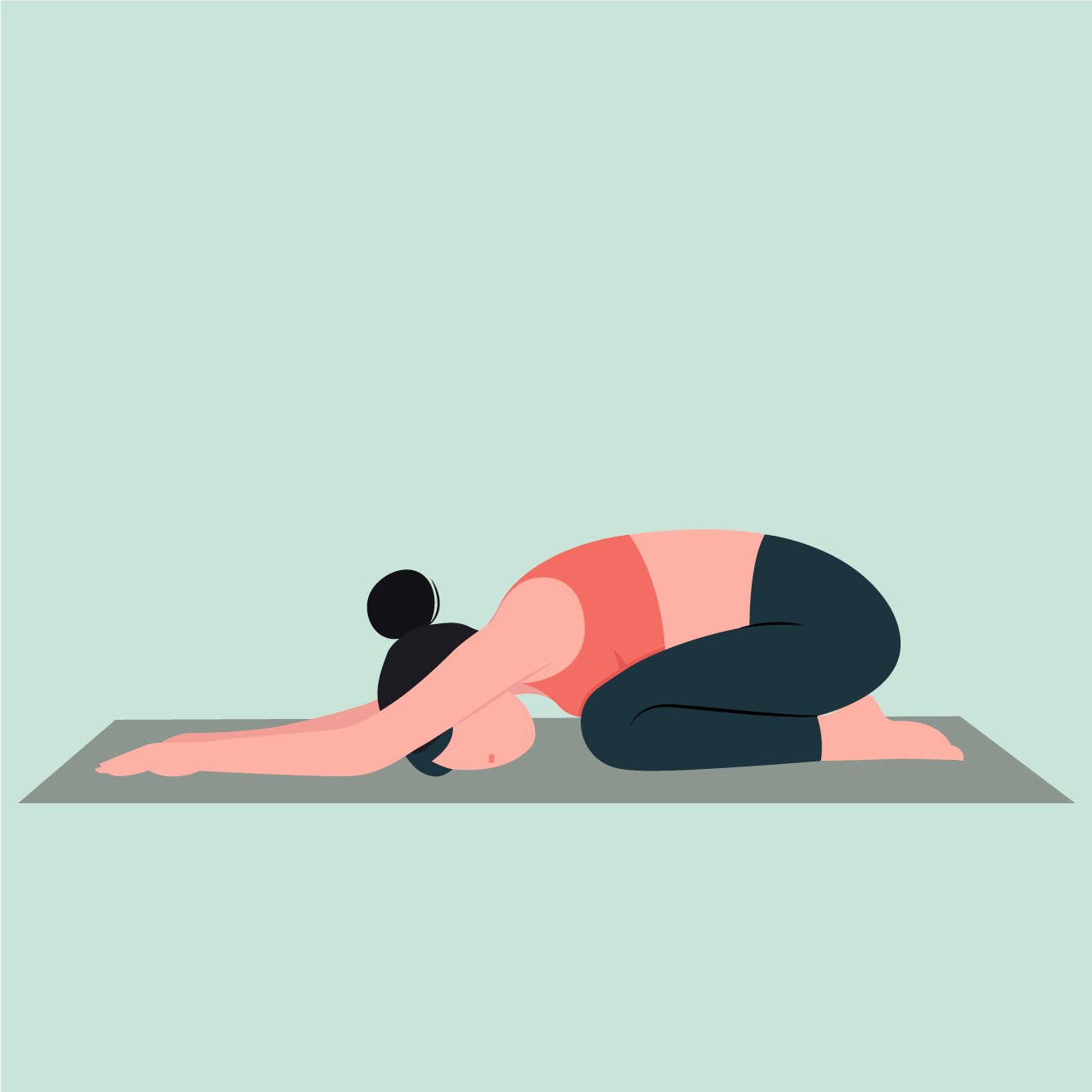Why Are ACL Re-Tear Rates So High?
1 in 5 people sustain a 2nd ACL injury after being cleared to return to full activity.
Patients returning to activity after ACL rehab hope to get back to living life the way they’ve been accustomed before the injury, but are oftentimes left disappointed and wanting more. The reality is that many patients experience residual discomfort or even worse, a second ACL tear. While reinjury can happen for numerous reasons, here are the top 5 reasons we frequently see:
1) Patients are cleared too soon to return to activity. Research has shown that full return to activity before 9 months post-op significantly increases the risk of reinjury. However, many rehab protocols try to get patients back as soon as possible. There is no fast track to ACL rehab. Being cleared before ready leaves the knee vulnerable to injury.
2) Rehab plans are too generic. No two programs for ACL rehab should be exactly the same. ACL rehab protocols need to be specific to the activities the patient wants to get back to. While knee extensions and barbell squats have an important place in ACL rehab, rehab needs to incorporate specific exercises that mimic the sport or activity you want to get back to.
1 in 5 people sustain a second ACL injury.
3) Patients are treated based on timelines rather than criteria. Many ACL protocols prescribe exercises based on arbitrary timelines (e.g. at 12 weeks you can run). However, there is no criteria to ensure that the patient is physically and mentally ready to run in many of these protocols. Without specific criteria to ensure that you are ready for specific exercises, you are leaving the health of your knee up to chance.
4) Patients are not thoroughly strength tested. Research has shown that a large number of therapists do not regularly strength test their patients. Patients returning from ACL surgery need to be strength tested through a battery of tests to ensure that the knee is being properly supported by surrounding musculature.
5) Patient is not loaded properly. The muscles that surround the knee have to be progressive loaded. When a patient is loaded with too much, too soon it puts the knee at higher risk of injury because the muscles are being overloaded which increases the stress at the knee. Conversely, if the patient is not loaded enough, they may not have the strength to meet the demands of their activity, also leaving their knee vulnerable to injury.
In conclusion, ACL plans need to be well thought out and specific to your needs. Don’t follow these basic, one size fits all programs that promise to get you back faster. Trust the process and get to work.
Other Posts You Might Like
















